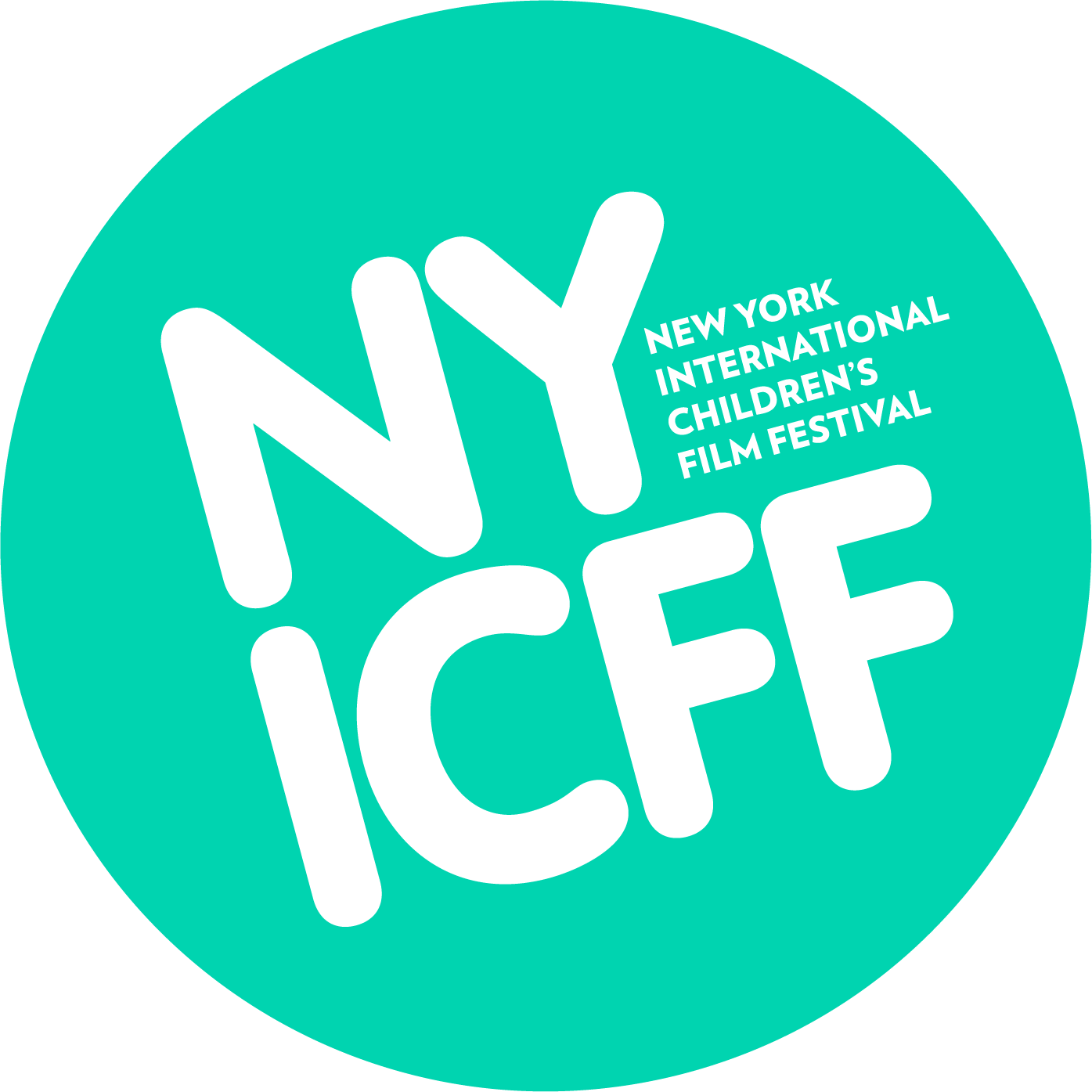Aurelie Laflamme’s Diary

Aurelie Laflamme suspects she is an alien. That would explain why she feels different from everyone else, why she can’t string two words together without making a fool of herself, and why boys really get on her nerves. Aurelie’s endearing clumsiness positions her as a pitch-perfect, French-Canadian version of a Judy Blume character as she navigates her way around the strange conventions of planet Earth. With her school days a complete waste of time and her cleaning-obsessed mother too uptight, Aurelie finds solace in the bright lights of the video arcade, playing Dance Dance Revolution and drinking slushies with her best friend, Kat. Whenever her situation becomes too unbearable, her imagination trails off into elaborate fantasy sequences that provide temporary escape — and much amusement for the viewer — but only seem to land her in more trouble. The whims of Aurelie’s imagined world grow more absurd as she is thrown deeper into the clutches of adolescence, facing teachers, tampons, fake tans, and first crushes. Aurelie Laflamme’s Diary juxtaposes these ridiculously silly situations with moments of genuine tenderness, reminding us that Aurelie’s calamitous journey to adulthood is anything but alien.





















